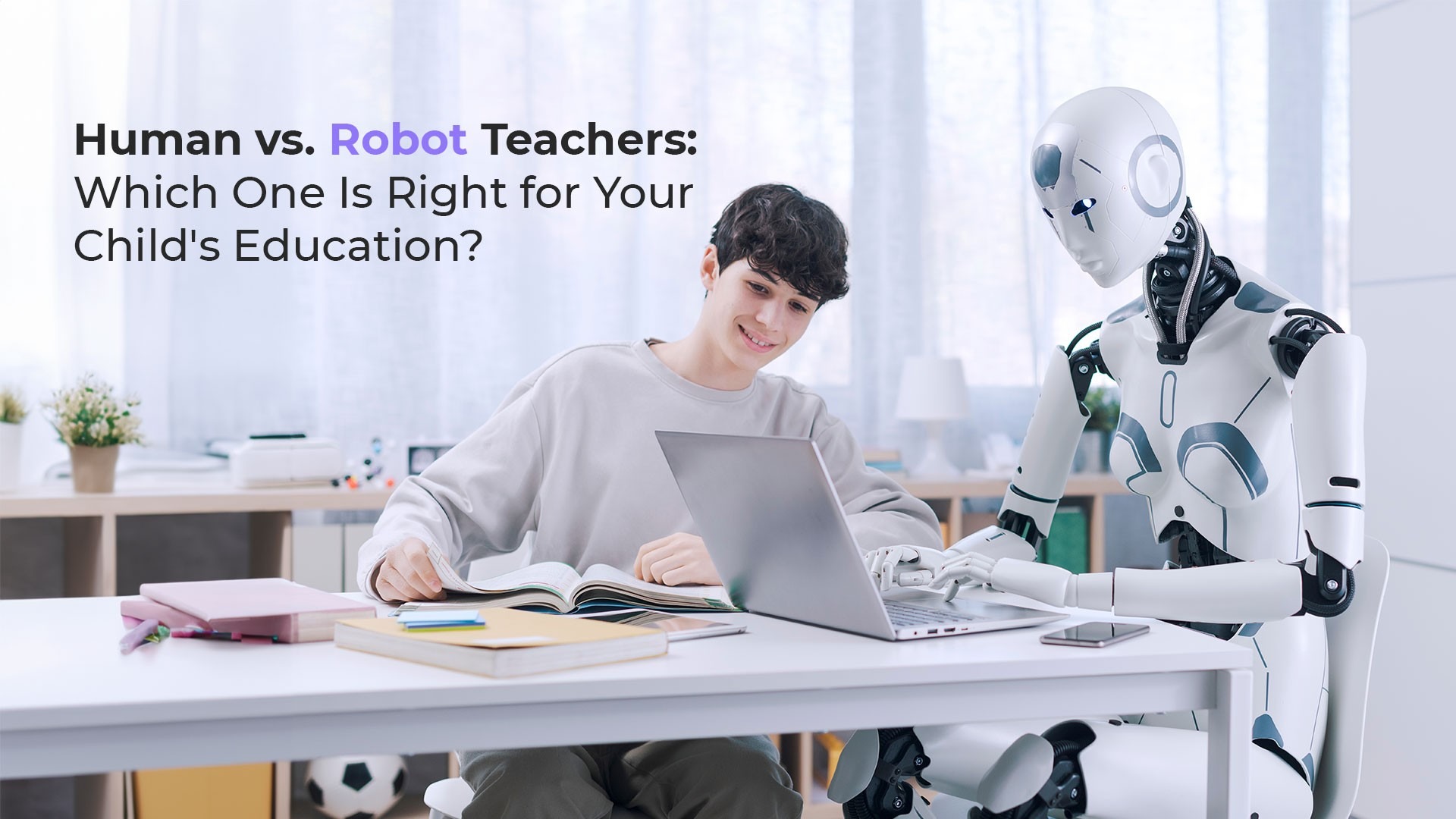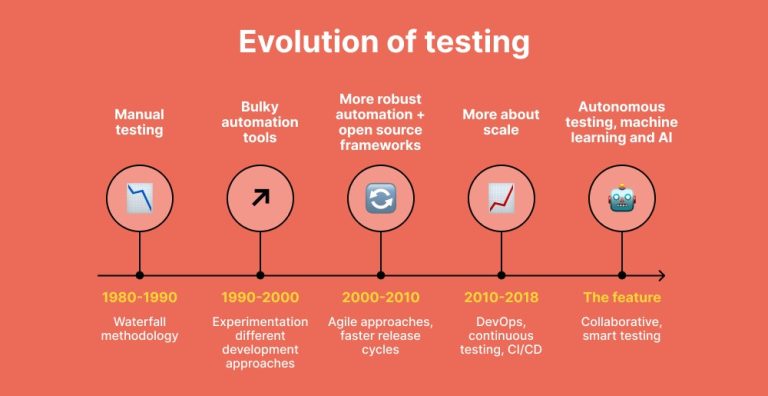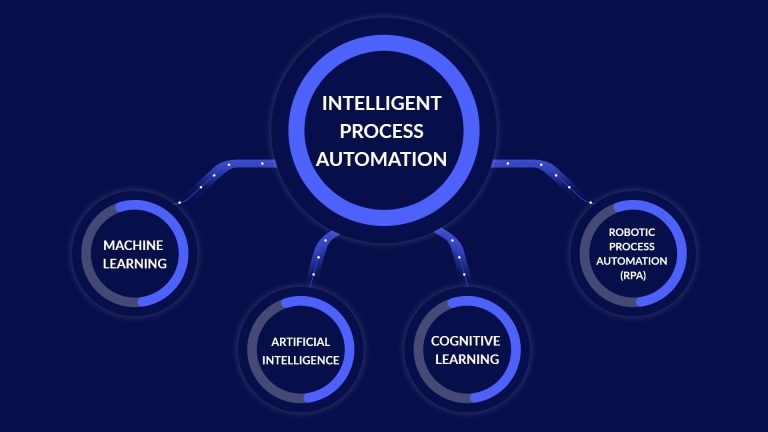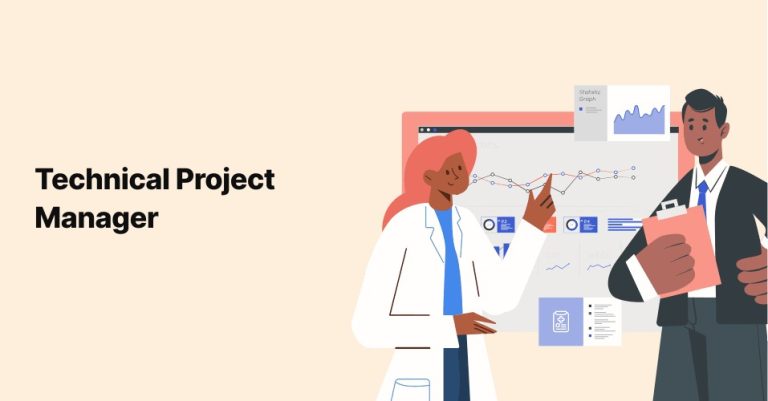Can Robots Teach Kids Better Than Humans ?
The idea of robots in the classroom, once relegated to the realm of science fiction, is rapidly becoming a tangible reality. With advancements in artificial intelligence, machine learning, and sophisticated robotics, educational institutions are increasingly exploring how these technological marvels can enhance, or even fundamentally alter, the learning experience for children. This naturally begs a compelling and often debated question: can robots teach kids better than humans? While robots offer undeniable advantages in certain aspects of instruction, a comprehensive look reveals a nuanced picture where the strengths of both human and robotic educators suggest a future of collaboration rather than outright replacement.
One of the most significant arguments for robotic educators lies in their capacity for unparalleled personalization and tireless repetition. Unlike human teachers, who manage a diverse classroom of students with varying learning paces and styles, a robot can be programmed to meticulously adapt its teaching methods to each individual child. It can analyze a student’s progress in real-time, identify specific areas of weakness, and then provide tailored exercises, explanations, and feedback. If a child struggles with a particular mathematical concept, a robot tutor can patiently re-explain it in multiple ways, offer an endless supply of practice problems, and never grow frustrated or tired. This level of individualized attention, often impossible for a single human teacher in a crowded classroom, ensures that every child receives precisely the support they need, at the exact moment they need it, leading to potentially accelerated learning outcomes.
Furthermore, robots excel at delivering standardized, consistent instruction. Every student interacting with a robotic tutor will receive the same quality of information, delivered in a uniform manner, free from the subtle biases or variations that can sometimes occur with human instruction. This consistency can be particularly beneficial for foundational subjects where a clear and unwavering understanding of core concepts is paramount. Robots also offer incredible accessibility and availability. They don’t require breaks, don’t get sick, and can be available 24/7, providing learning opportunities to children in remote areas, those with irregular schedules, or those who simply prefer to learn at non-traditional hours. This extends the reach of education far beyond the confines of a traditional school day or physical classroom, democratizing access to knowledge.
However, despite these compelling advantages, the notion that robots can *teach kids better* than humans misses several crucial elements of the holistic educational experience. The most prominent gap lies in emotional intelligence and the ability to foster genuine human connection. Human teachers are not merely purveyors of information; they are mentors, role models, and sources of emotional support. They can discern a child’s frustration through subtle facial cues, offer a word of encouragement when spirits are low, or share a laugh that builds rapport. These interactions nurture emotional intelligence, social skills, empathy, and resilience – qualities that are indispensable for a child’s development but incredibly challenging, if not impossible, for current robots to replicate authentically. While researchers are developing robots that can detect emotions and respond empathetically, the depth and spontaneity of human compassion and understanding remain unmatched. Students often form strong bonds with their teachers, and these relationships can be powerful motivators for learning and personal growth. A robot, no matter how advanced, cannot truly understand the complex social context of a child’s life or provide the nuanced ethical guidance that comes from lived human experience.
Moreover, human teachers excel in fostering creativity, critical thinking, and complex problem-solving in ways that go beyond algorithmic instruction. They can engage students in open-ended discussions, encourage diverse perspectives, and adapt their teaching approach based on unforeseen student questions or classroom dynamics that defy programmed responses. They can inspire curiosity, spark passions, and facilitate collaborative projects that build essential teamwork skills. While robots can provide prompts and structure, the spontaneous, iterative, and often messy process of genuine intellectual discovery is best guided by a human who can read the room, understand the unspoken, and adapt on the fly. The ability to mentor, to encourage divergent thinking, and to challenge assumptions based on a deep understanding of a student’s unique personality and background is a distinctly human strength.
Ultimately, the future of education is unlikely to be a zero-sum game where robots replace humans. Instead, it will be defined by a powerful synergy, a collaboration where each entity leverages its unique strengths. Robots can take on the tasks of repetitive instruction, personalized drills, objective assessment, and data analysis, freeing up human teachers from administrative burdens and routine tasks. This allows educators to focus on what they do best: providing emotional support, fostering social and emotional development, nurturing critical thinking and creativity, and building meaningful relationships with their students.
Imagine a classroom where robots serve as tireless, always-available tutors, providing individualized support to students who are struggling or challenging those who are excelling, all while a human teacher orchestrates collaborative projects, facilitates rich discussions, and addresses the complex emotional and social needs of the children. This hybrid model promises to create a more effective, inclusive, and engaging learning environment, preparing children not just with factual knowledge but also with the critical human skills necessary to thrive in an increasingly complex world. The question isn’t whether robots can teach kids better than humans, but rather how humans and robots can teach kids better, together.







